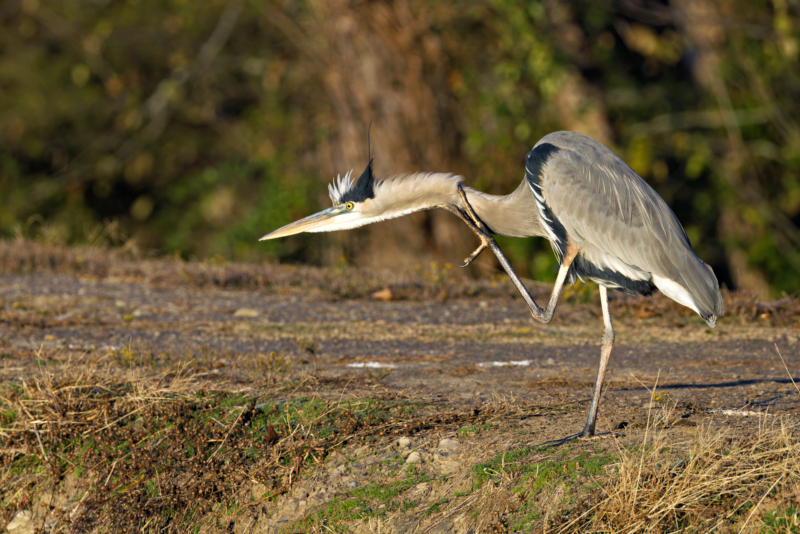Wildlife photography lets you connect with nature while capturing animals in their natural habitats. For example, spending time outdoors observing and photographing birds can deepen your understanding of their behavior and create a sense of calm and appreciation for the environment. It’s also a powerful way to promote conservation and the protection of wildlife.

Here’s a straightforward guide to help you get started:
Essential Gear
- Focus on the Lens: Your lens matters more than the camera because it directly affects the image quality and allows you to capture detailed shots, especially from a distance.
- A focal length of at least 300mm is necessary for detailed shots from a distance.
- Zoom lenses like 75-300mm, 100-400mm, 100-500mm, or 150-600mm offer flexibility.
- Prime lenses provide sharper images but are often more expensive.
- Choose a Camera with Fast Autofocus: Wildlife is unpredictable. Fast autofocus, especially with eye detection, improves your chances of sharp images.
- Consider High Frame Rates: A higher frame rate increases your chances of capturing fleeting moments.
- Sensor Size: Full-frame cameras offer excellent image quality but can be pricey. Crop-sensor and Micro Four Thirds cameras are more affordable and magnify your subject with their crop factor, which refers to the smaller sensor size creating a tighter field of view, effectively increasing the apparent focal length of your lens.
Finding Your Subjects
- Start Close to Home: Explore your backyard, local parks, or nearby nature reserves. These places often have plenty of wildlife.
- Use eBird and Similar Resources: Tools like eBird can help you locate species and save time scouting locations.
- Learn Animal Behavior: Research the habits and patterns of your target animals to anticipate their movements and position yourself for the best shots.
Mastering Fieldcraft
- Practice Patience: Blending into the environment and observing your subjects leads to more natural and engaging photos.
- Approach Quietly: Move slowly to avoid spooking animals. Use the wind to your advantage and approach with it in your face.
- Respect Wildlife: Maintain a safe distance and avoid disturbing animals. Never bait or harass them for a shot.
Honing Your Skills
- Shoot Regularly: The more you practice, the better you’ll get with your equipment and composition.
- Learn Basic Editing: Tools like Adobe Lightroom or Photoshop can help you fine-tune exposure, contrast, and sharpness.
- Seek Feedback: Share your work with other photographers for constructive critique. Join clubs or online communities to connect and learn.
- Attend Workshops: Workshops provide personalized instruction and accelerate your learning.
Building a Portfolio
- Develop Your Style: Experiment with composition and editing to find your unique approach.
- Showcase Your Best Work: An online portfolio or website can help you share your photography and attract opportunities.
Final Thoughts
Starting wildlife photography involves a mix of technical skills, creativity, and respect for nature. This includes following ethical guidelines, such as keeping a safe distance from animals, avoiding disturbing their habitats, and never using bait to manipulate behavior for a photograph. With the right gear, knowledge, and practice, you can capture incredible images that highlight the beauty of the natural world. By sharing your passion, you can also inspire others to protect and appreciate wildlife.
